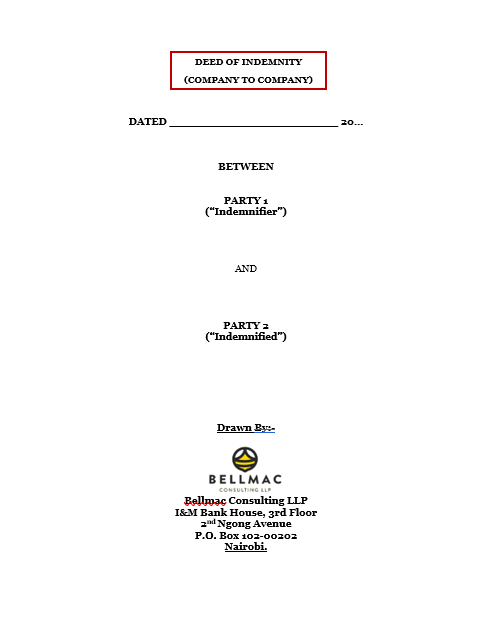The deed typically includes several key components: a clear definition of the terms and scope of indemnity, the extent of coverage, and any exclusions. It also specifies the procedures for making a claim under the indemnity, including documentation and notification requirements. Additionally, the deed may outline the responsibilities of both parties in mitigating potential losses and may include provisions for dispute resolution.
By establishing a Deed of Indemnity, companies can manage risks more effectively, ensuring that potential financial burdens are clearly allocated and understood. This agreement is particularly useful in complex business transactions or partnerships where the risk of liability is significant. Overall, it provides a structured approach to risk management, fostering trust and cooperation between the involved parties.


